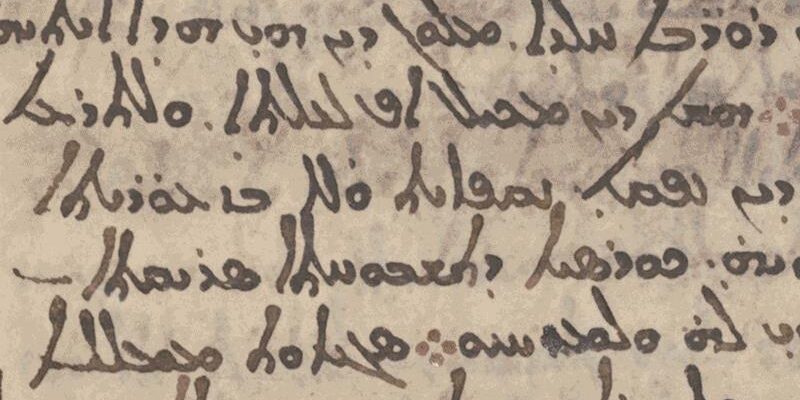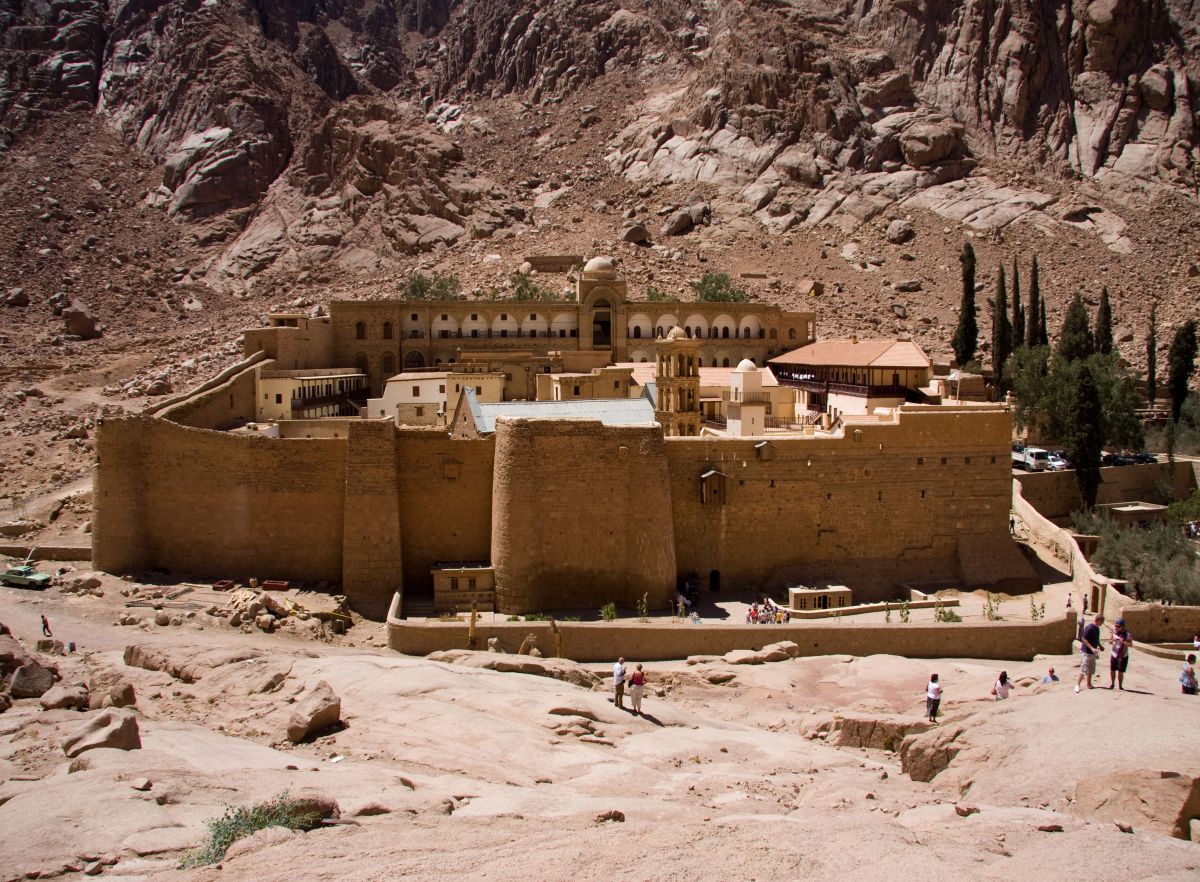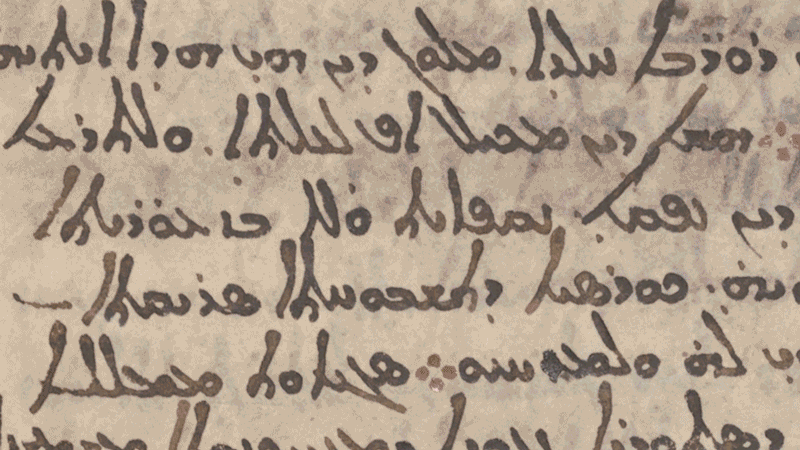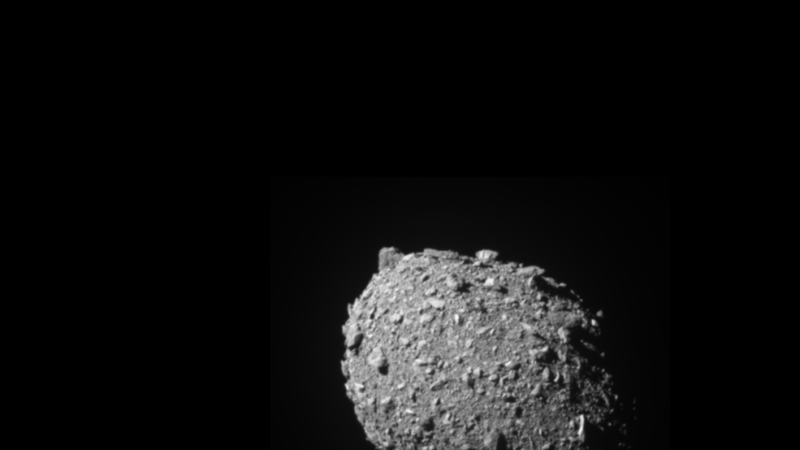The world’s oldest star chart, lost for millennia, found in a medieval manuscript!

For centuries, many experts and scholars have searched for the star charts made by Hipparchus.
A medieval parchment from an Egyptian monastery, the Monastery of St. Catherine, led to a surprising discovery. Beneath the text of its Christian documents, scholars have discovered a portion of astronomer Hipparchus’ long-lost star chart, believed to be the earliest known attempt to chart a star.

the Monastery of St. Catherine
Astronomy historian James Evans described the discovery as “rare” and “remarkable. It confirms the high status of Hipparchus, the greatest of the ancient Greek astronomers,” Evans said. Little is written about Hipparchus, but historical documents record many of his far-reaching scientific achievements, such as accurately modeling the motions of the sun and moon; inventing the brightness indicators of stars; further developing trigonometry; and possibly inventing the astrolabe. His achievements represent a shift by astronomers from simply describing the stars they see in the sky to measuring and predicting them.
Using a wide range of wavelengths, the researchers scanned each page of this parchment photograph and used computer algorithms to identify the text hidden beneath.

This Christian document was subjected to multispectral analysis to demonstrate its hidden textual content.
The text, which survived, was deciphered by Gysembergh and his colleague Emmanuel Zingg at the Sorbonne in Paris. It describes the length and width of the northern corona constellation and gives the coordinates of the stars at its northernmost, southern, eastern and western points.
Hipparchus’ precise measurements allowed the team to determine the dates of the observations. Using the age difference, which is the slow oscillation of the Earth on its axis one degree every 72 years, the researchers deduced when Hipparchus made his observations and found that the observations were made around 129 B.C. – the period when Hipparchus was working.
The earliest surviving star charts from antiquity to date were compiled by Ptolemy, a 2nd-century Egyptian astronomer from the port of Alexandria, Evans said. However, the first person to measure the stars is mentioned several times in ancient sources as Hipparchus, who worked on the Greek island of Rhodes from about 190 B.C. to about 120 B.C.
The relationship between Hipparchus and Ptolemy is the subject of much debate. Some scholars believe that Hipparchus’ star charts never existed. Other scholars, like the 16th century astronomer Tycho Brahe, believe that Ptolemy stole Hipparchus’ data and claimed them as his own.
Based on the data in the parchment scroll, the team concluded that Ptolemy did not simply copy Hipparchus’ figures. But perhaps he should have done so. Hipparchus’ observations seem significantly more accurate, with the coordinates read so far within 1 degree of error. This is because Ptolemy’s coordinate system was based on the ecliptic, while Hipparchus used the celestial equator, a more common coordinate system in modern star charts.
Evans said, “This discovery enriches our knowledge of Hipparchus. It gives us an insight into what he actually did. This represents a milestone in Western scientific civilization – the mathematization of the natural world. In the process, scholars seeking to understand the universe shifted from simply describing the patterns they saw to measuring, calculating and predicting.”
Hipparchus is thought to have been inspired by contact with Babylonian astronomers and access to centuries of their precise observational data. The Babylonians had no interest in modeling how the solar system arranged itself in three dimensions, but, because they believed in the heavens, they made precise observations and developed mathematical methods to model and predict the timing of events such as lunar eclipses. Hipparchus shaped the beginnings of modern astronomy by combining their legacy data with Greek geometric methods.
The researchers hope that as imaging technology advances, they will be able to discover more relevant stellar coordinates, which will provide them with a larger data set to study. Several parts of this parchment volume remain undeciphered. In addition, the St Catherine’s library may hold other pages from the star charts. The library has more than 160 volumes of rewritten parchments. By reading the texts hidden behind these documents, scientists have also discovered previously unknown Greek medical texts, including drug formulas, surgical guides, and guides to medicinal plants.
In addition, multispectral imaging of rewritten texts has provided archives around the world with a new way to find ancient documents,” Gysembergh says. “There are thousands of rewritten texts in libraries in Europe alone. And this is just one exciting case where this technology will be applied to thousands of manuscripts!”
References:
[1]Journal for the History of Astronomy
[2]Nature








Astronomical knowledge is hidden under Christian articles